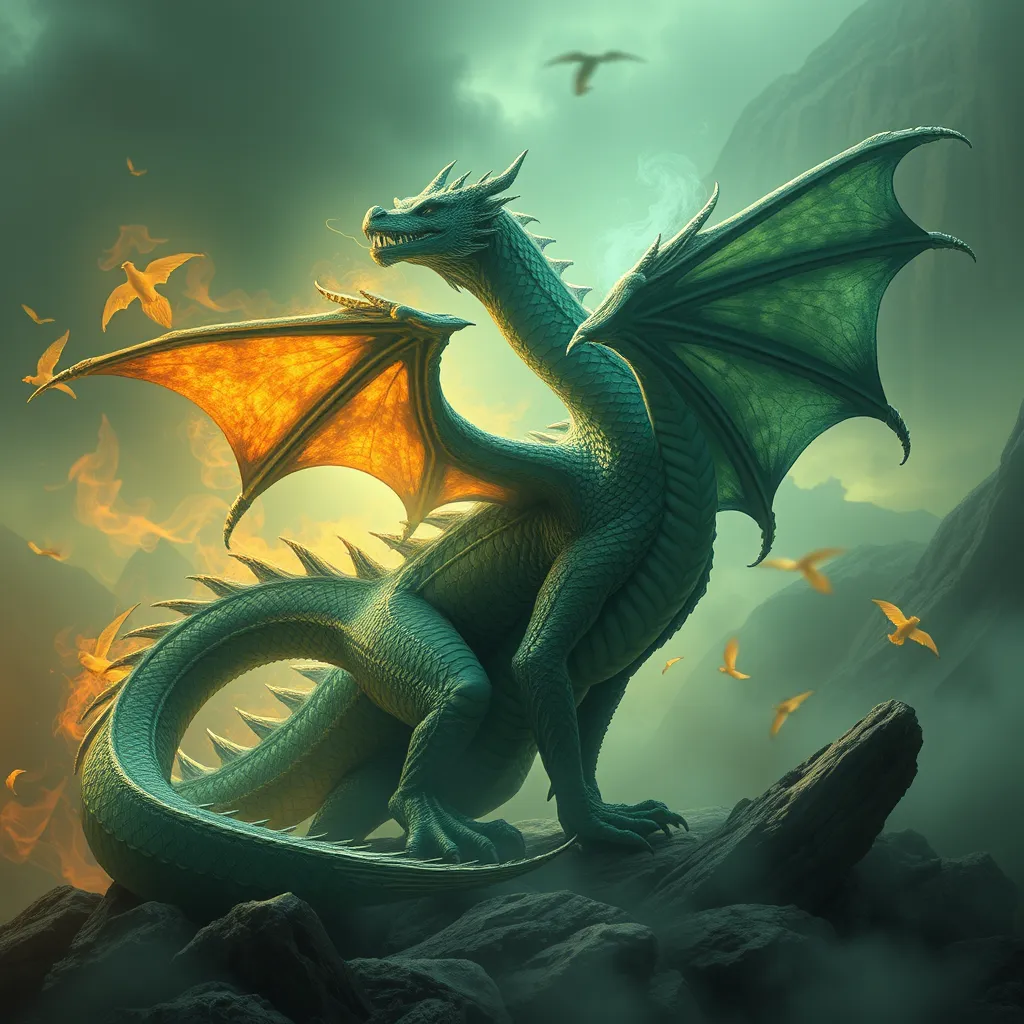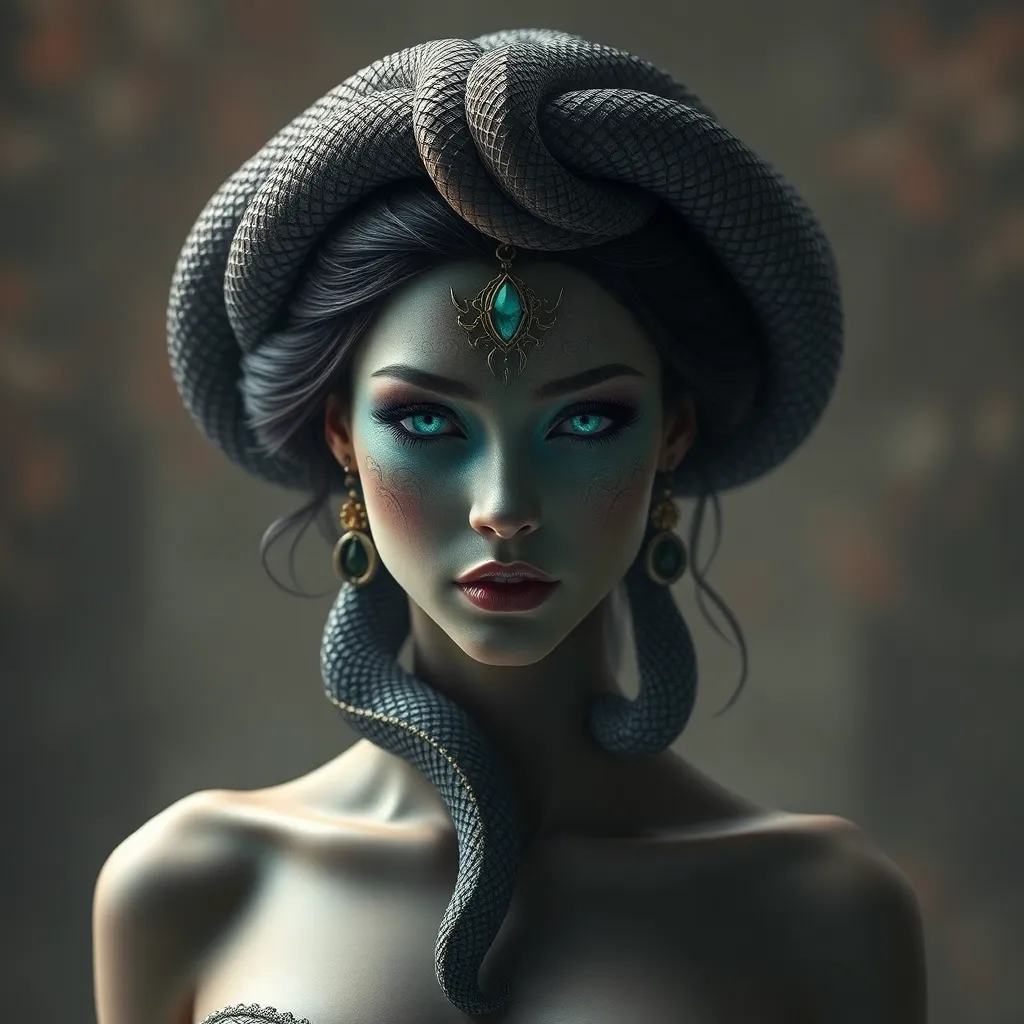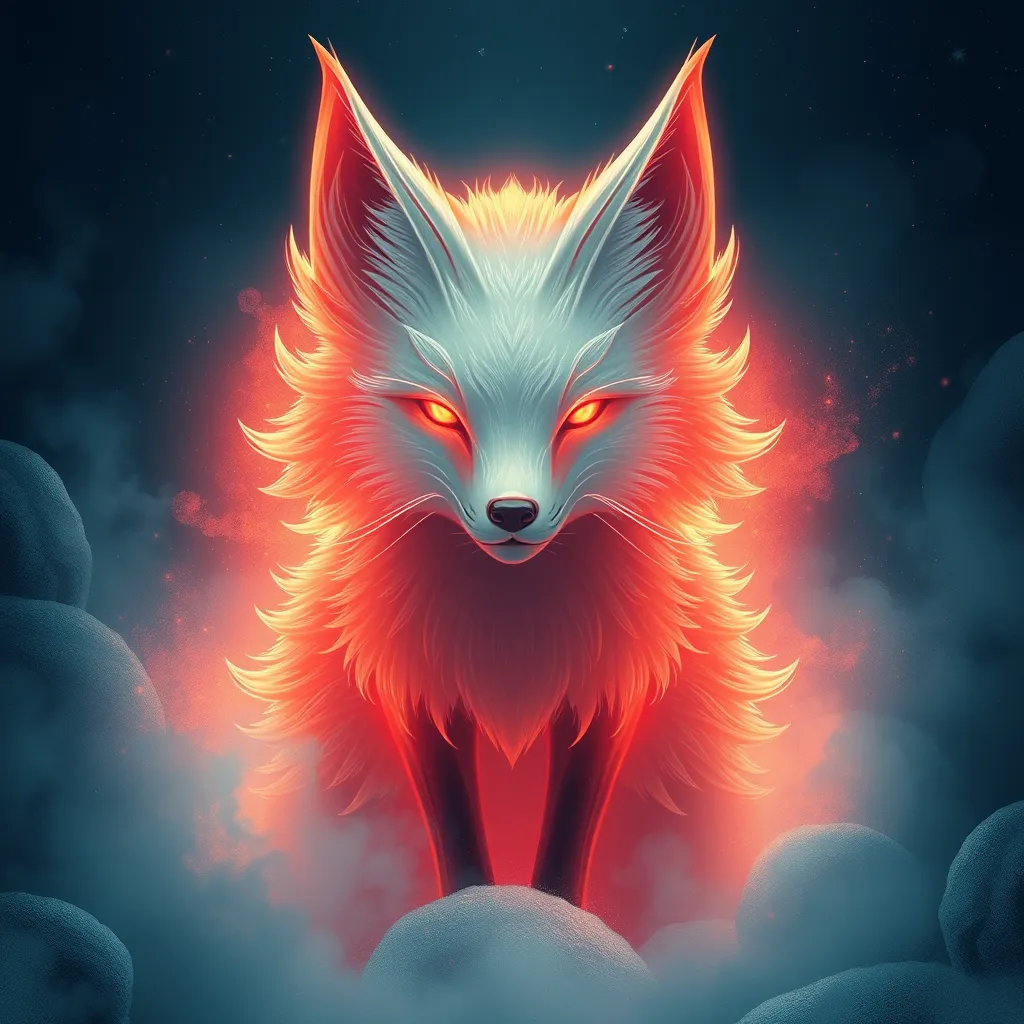The Dragon’s Lineage: Examining the Relationships Between Different Dragon Species in Myth
I. Introduction
Dragons have captivated the human imagination for centuries, featuring prominently in folklore, literature, and art across diverse cultures. These mythical creatures embody a myriad of characteristics, ranging from fearsome beasts to wise protectors. The study of dragons and their relationships provides insights into cultural values, societal structures, and shared human experiences.
Understanding the intricate relationships between different dragon species can illuminate how various cultures perceive power, wisdom, and morality. This article aims to explore the lineage and connections among dragons across myths, highlighting their significance in shaping cultural narratives.
II. The Origins of Dragons in Mythology
Dragons have ancient origins, with early depictions found in civilizations such as Mesopotamia, China, and Europe. These creatures often represent chaos, strength, and the untamed forces of nature.
- Mesopotamian Dragons: The serpent-dragon Tiamat represents primordial chaos in Babylonian mythology.
- Chinese Dragons: Seen as auspicious beings, they symbolize power and control over water.
- European Dragons: Often depicted as malevolent creatures, embodying greed and destruction.
The common traits among these dragons include their serpentine bodies, scales, and abilities to fly or breathe fire. Over time, dragon mythology has evolved, influenced by cultural exchanges, artistic interpretations, and religious beliefs.
III. Classification of Dragon Species
Dragons can be broadly classified into two categories: Western and Eastern dragons, each with distinct characteristics and cultural significance.
A. Types of dragons: Western vs. Eastern
- Western Dragons: Typically depicted as large, winged, fire-breathing reptiles. They are often portrayed as villains in stories, hoarding treasure and threatening villages.
- Eastern Dragons: Usually represented as long, serpentine beings without wings. They are associated with water, rain, and fertility, often depicted as benevolent.
B. Notable species and their unique features
Different cultures have their own unique dragon species:
- Wyverns: A type of dragon with two legs and a pair of wings, commonly found in European folklore.
- Chinese Lung: A dragon of great wisdom and power, often associated with rain and agriculture.
- Quetzalcoatl: The feathered serpent of Mesoamerican mythology, representing wind and learning.
C. The role of elemental associations
Dragons are often associated with specific elements, influencing their abilities and characteristics. For example, fire dragons are fierce and destructive, while water dragons are seen as nurturing and life-giving.
IV. Family Trees and Lineages of Dragons
Mythical genealogies often trace the ancestry of dragons, showcasing their complex relationships and hierarchies.
A. Mythical genealogies: tracing ancestry
In many mythologies, dragons are depicted as descendants of primordial beings or gods. This lineage shapes their powers and roles within their respective cultures.
B. Symbolism of familial relationships
The relationships between dragons often symbolize broader themes, such as conflict, unity, and the balance of power in nature. For instance, a dragon mother protecting her young may reflect the nurturing aspect of creation.
C. Case studies of specific dragon families
One notable example is the relationship between the Chinese dragon families. The “Nine Dragon” family consists of various dragon types, each with unique traits and responsibilities, exemplifying cooperation among different dragon species.
V. Interactions Between Different Dragon Species
Interactions among dragon species can be characterized by alliances, rivalries, and even hybridization.
A. Alliances and rivalries in myths
Throughout various myths, dragons form alliances to combat common foes or engage in epic battles against each other. These narratives often illustrate the struggle between good and evil.
B. Cross-species relationships: breeding and hybrids
Some myths explore the concept of hybrid dragons, born from the union of different species, leading to unique abilities and characteristics. For example:
- Drakes: Often considered hybrids between dragons and other mythical creatures.
- Wyrms: Serpentine dragons that may result from the crossbreeding of different dragon races.
C. Cultural exchanges and their impact on dragon lore
As cultures interacted through trade and conquest, dragon myths evolved, leading to a rich tapestry of dragon lore that reflects shared human experiences and values.
VI. The Role of Dragons in Cultural Narratives
Dragons serve as powerful symbols in cultural narratives, representing various human traits and societal ideals.
A. Dragons as symbols of power and wisdom
Dragons are often seen as embodiments of strength and knowledge, serving as guardians of sacred spaces or treasures. In many cultures, they are revered as wise beings that impart knowledge to worthy heroes.
B. The impact of dragons on human heroes and myths
Many heroes in mythology face dragons as part of their journey, symbolizing the struggle against chaos and the quest for enlightenment. The defeat of a dragon often signifies personal growth and achievement.
C. Dragons in folklore and their moral lessons
Folktales featuring dragons often convey moral lessons, such as the consequences of greed or the importance of courage. These narratives highlight the dual nature of dragons as both protectors and destroyers.
VII. Modern Interpretations and Adaptations
In contemporary literature and media, dragons continue to inspire awe and creativity, reflecting their enduring legacy.
A. Dragons in contemporary literature and media
Modern adaptations, such as in fantasy novels and films, explore dragons in new and complex ways, often reinterpreting their traditional roles.
B. How modern representations reflect ancient relationships
Current portrayals of dragons may draw from ancient mythologies, emphasizing themes of lineage, power dynamics, and interspecies relationships that resonate with audiences today.
C. The influence of technology and gaming on dragon lore
Video games and digital media have popularized dragons, allowing for interactive experiences that deepen engagement with dragon mythology. Games often incorporate diverse dragon species and their relationships, enriching the lore.
VIII. Conclusion
In summary, the exploration of dragon relationships in mythology reveals the complexity and richness of these legendary creatures. From their ancient origins to modern adaptations, dragons serve as powerful symbols of strength, wisdom, and moral lessons.
Understanding the lineage and interactions of different dragon species enhances our appreciation of cultural narratives and their significance in human history. Future research can further explore the evolving interpretations of dragons and their roles in shaping our collective imagination.



